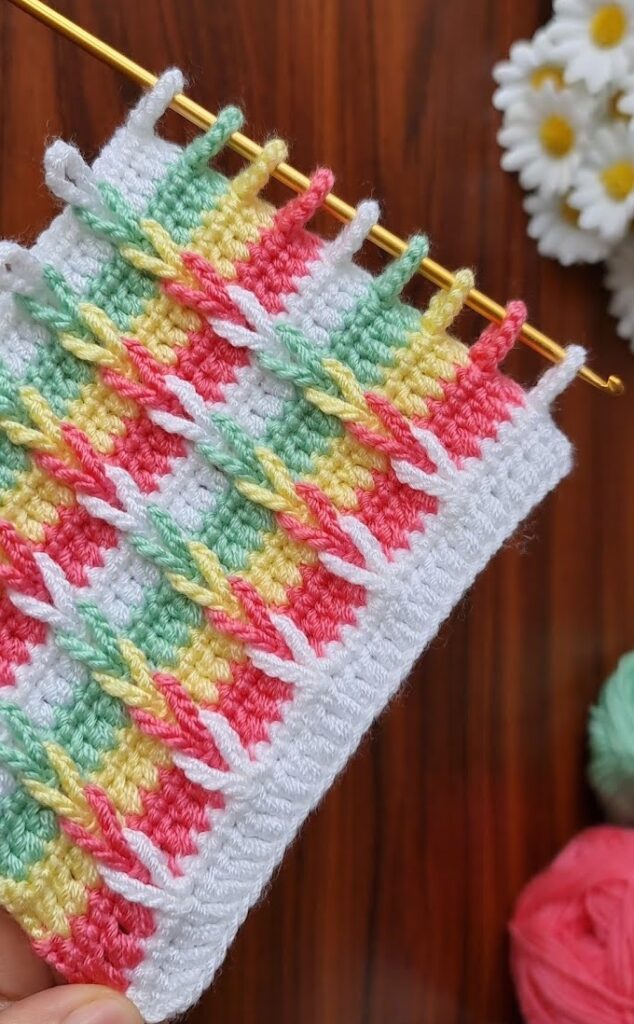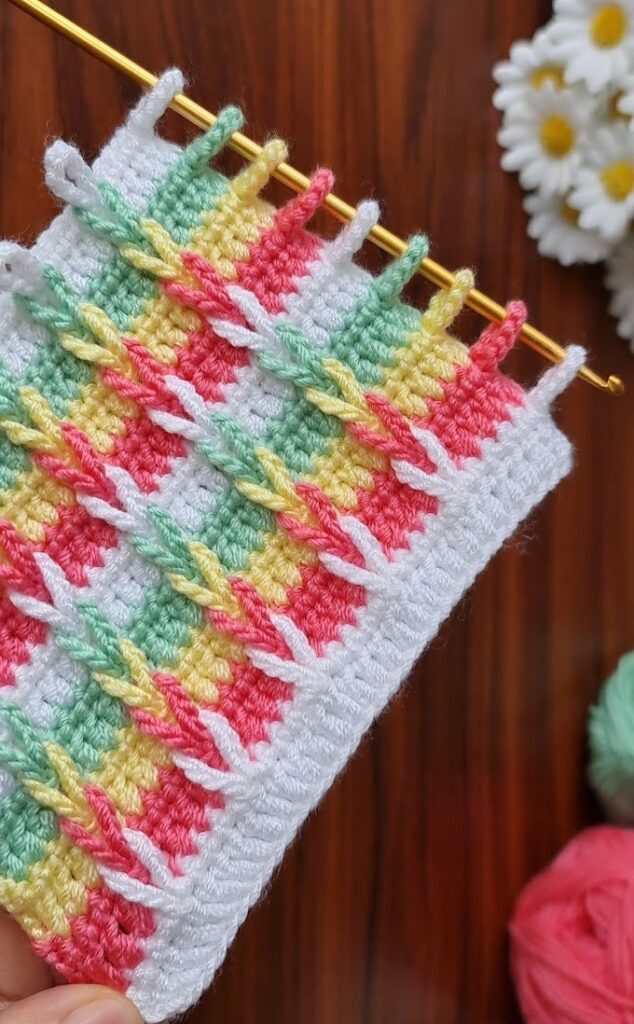3D eye catching
In recent years, 3D art has emerged as a revolutionary medium, bridging the gap between traditional crafts and modern technology. This art form, known for its stunning realism and intricate details, has not only captivated the public but also paved the way for new commercial ventures. This article explores how 3D art, particularly the concept of “3D eye catching” is transforming the craft scene into a thriving entrepreneurial field.
The advent of 3D printing technology has democratized the creation of art, making it accessible to a wider audience. Artists and craftspeople who once relied solely on traditional methods now have the tools to create highly detailed, realistic pieces. This shift has opened up new possibilities for creativity and innovation, allowing artists to push the boundaries of what is possible. The “3D eye,” a term used to describe the captivating, realistic quality of 3D art, has become a symbol of this new era in craftsmanship.
The “3D eye” is more than just a visual phenomenon; represents the essence of the fascination of 3D art. This quality is achieved through meticulous attention to detail, depth and perspective, creating pieces that appear to come to life. The appeal lies in the ability of these works to engage viewers on a deeper level, evoking emotional responses and sparking curiosity. This level of involvement is a key factor in the growing popularity of 3D art and its potential as a marketable product.

Craftsmanship meets technology
The integration of traditional craftsmanship with cutting-edge technology resulted in a unique fusion that appeals to both artists and consumers. Artisans who have mastered traditional techniques can now improve their work with the precision and versatility of 3D printing. This blend of old and new methods not only preserves the heritage of the craft but also elevates it to new heights. The use of technology allows for greater experimentation and the creation of previously unimaginable pieces.
The entrepreneurial change
The transition from craftsmanship to entrepreneurship is a natural progression in the world of 3D art. Artists who once viewed their work as a hobby or passion project are now recognizing the potential for commercial success. The ability to produce high-quality marketable products has opened up new revenue streams and business opportunities. This change has led to the emergence of countless small companies and startups focused on 3D art, contributing to the growth of the creative economy.
The 3D art market is rapidly expanding, with demand coming from various sectors. Collectors, interior designers and even technology companies seek unique and visually stunning pieces to enhance their spaces and products. The versatility of 3D art allows it to be used in a wide range of applications, from home decor to advertising and product design. This broad appeal creates countless opportunities for artists to monetize their work and reach a global audience.
Despite its potential, the journey from craftsmanship to entrepreneurship in the world of 3D art is not without challenges. Artists must deal with issues such as production costs, market competition and intellectual property rights. However, these challenges can be mitigated through strategic planning and collaboration. Building a strong brand, leveraging social media for marketing and seeking out partnerships with other artists or businesses can help overcome these obstacles and ensure long-term success.
The role of education
Education plays a crucial role in transforming 3D art from a craft into a business. Artists need to acquire not only technical skills, but also knowledge of business practices and market trends. Workshops, online courses and mentoring programs can provide valuable information and guidance. By equipping themselves with the right tools and knowledge, artists can confidently navigate the entrepreneurial landscape and maximize their potential for success.
The artistic community is characterized by a spirit of collaboration and mutual support. Artists frequently share their techniques, resources and experiences, promoting a culture of learning and growth. This sense of community is vital to the sustainability of the 3D art movement and the success of individual artists. Collaborative projects and partnerships can lead to innovative creations and new business opportunities, further solidifying art’s position in the business world.
In conclusion, the transformation of 3D art from a traditional craft into a thriving entrepreneurial venture is a testament to the power of innovation and creativity. “3D eye catching” represents the captivating essence of this art form, drawing viewers in and creating a deep emotional connection. By embracing new technologies and entrepreneurial strategies, artists can turn their passion into a profitable business, contributing to the growth of the creative economy. The future of 3D art is bright, with endless possibilities for those who wish to explore its potential.
So, let’s improve?
If you’re looking for a way to start a business and make a profit from crocheting, 3D eye catching is a great option. So, let’s improve your knowledge even further? How about you check out this link? I emphasize that the credits for the images and model content go to the official website.
Access the free pattern: 3D eye catching



Pingback: 3D super crochet flower - Flowers